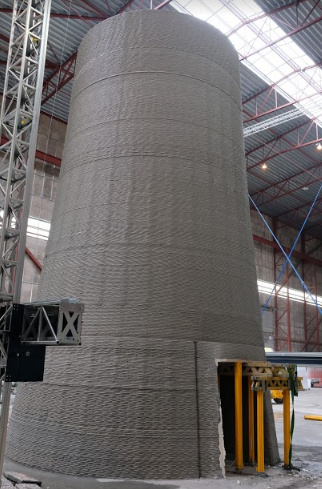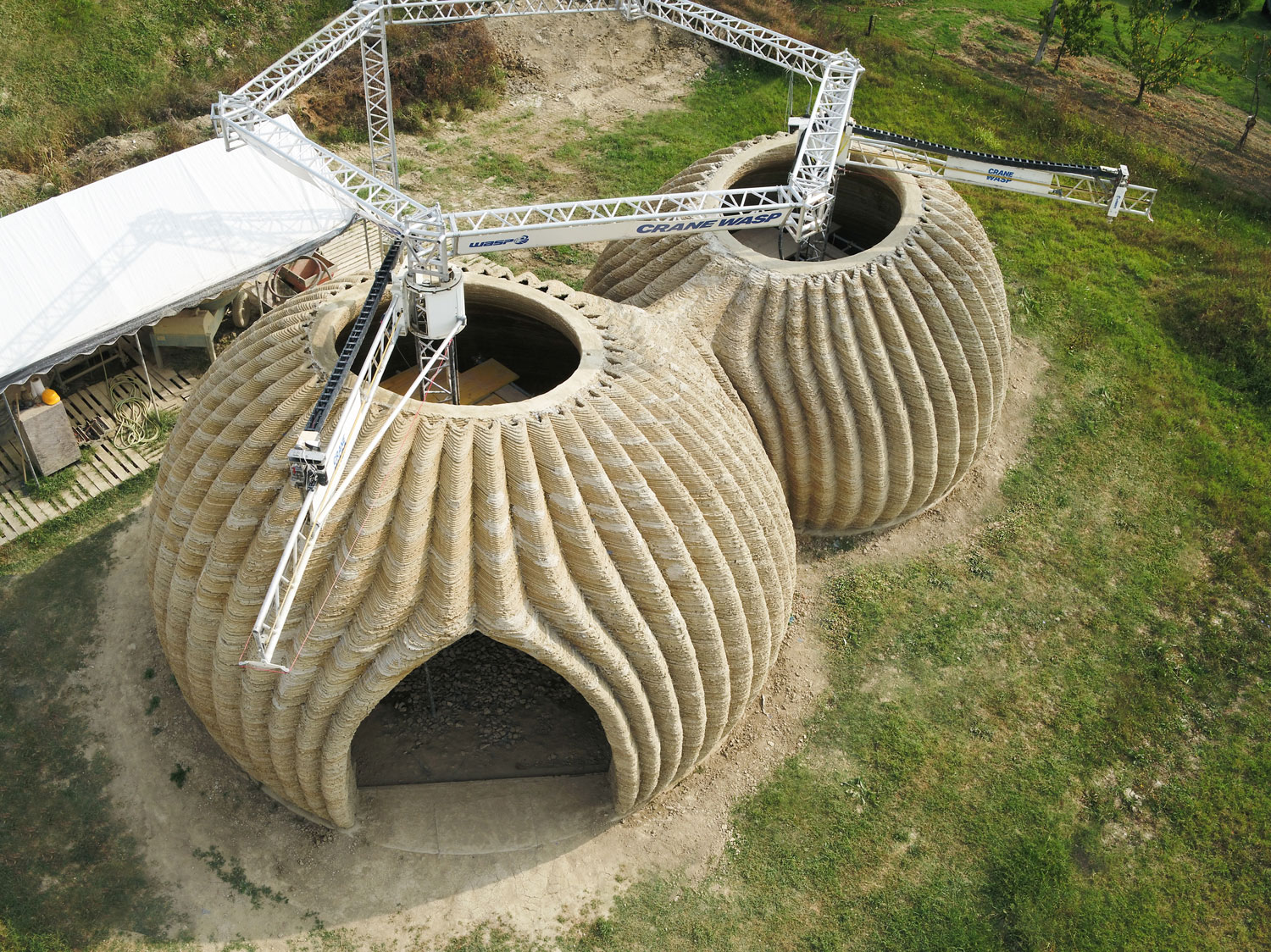Is additive construction (AC) sustainable? Many companies in the sector argue that it is for numerous reasons. They assert that it reduces waste because builders can print only what they need for particular projects. They also say that using 3D printing for construction can cut emissions by reducing or eliminating instances requiring heavy construction equipment or trucks to bring supplies to building sites. Here, we look more closely at those claims.
Cutting Waste with Construction 3D Printing
Waste reduction is an established benefit of 3D-printed homes or buildings, provided the companies overseeing the projects have invested the time and talent into perfecting their processes. Consider, for example, Mighty Buildings. Its approaches cut out almost all excess construction waste. The base size of these modular structures is 350 square feet, although customers can get two used together, resulting in a size of 700 square feet.
In another case, a team 3D printed an eco-habitat in Italy made from locally sourced clay. They also indicated people could tweak their methods for compatibility with other types of raw earth found elsewhere. Besides providing the waste reduction associated with readily available materials, this process promotes recyclability and supports people who need climate-resilient housing.
Emissions Reductions Not Guaranteed
In the manufacturing industry, companies often use specialty industrial gases to enhance the quality and appearance of certain materials. Many of the outcomes affect the construction industry.
For example, hydrogen-nitrogen mixtures can make metals harder, while krypton and argon are widely used in glazed windows that promote thermal efficiency. Similarly, some construction site activities, such as welding, emit gases. However, people are typically far more concerned with the emissions linked to concrete.
Statistics indicate concrete causes about 8% of global carbon dioxide emissions. Thus, manufacturers are exploring viable ways to reduce or eliminate society’s dependence on the extremely popular building material. Relatedly, interested parties are investigating how to switch out polyurethane for cellulose when choosing building insulation due to the substantial greenhouse gases associated with the latter’s production.

A 3D printed concrete wind turbine base made using the BOD 2 3D printer for GE. Image courtesy of COBOD.
Many people may assume the materials used in 3D printing construction are automatically superior in terms of emissions. However, that’s not necessarily true. Most 3D printed homes still use cement in their construction. More sustainable alternatives exist, though. In one case, Hyperion Robotics combines automation and 3D printing along with low-carbon concrete in its AC process, claiming that it uses up to 75% less concrete than in convention construction. This approach both reduces the materials used and the greenhouse gases emitted.
Those particularly concerned about the sustainability of 3D printing should always verify which materials the companies involved use. They should also confirm the associated emissions compared to conventional materials and practices, including whether the process involves transportation-related emissions. This makes it easier to analyze whether 3D printing is really a more sustainable construction method.
Taking the Sustainability of Additive Construction to New Heights
One of the positive outcomes of the intersection of 3D printing and construction is that businesses and researchers are continually looking for innovative ways to make it more sustainable. Consider the work of researchers at Texas A&M University. They created a new material called hempcrete for 3D printing buildings. The team indicated they’d made a net-carbon-negative material, derived primarily from hemp, that offers excellent fire-resistance and thermal-insulating properties.
Elsewhere, a group of researchers in Singapore used recycled glass as a sand substitute in 3D printing. They demonstrated the concept by 3D printing a concrete bench featuring the new mixture. This option is not widespread enough to be viable for homes or other buildings, but the potential gives people reasons to stay hopeful.
Azure Printed Homes uses recycled plastics for up to 60% of the materials in its initiatives. That’s an appealing method that keeps discarded materials out of landfills, giving them a new purpose.
Sustainable 3D printing can also extend to what’s inside a building or on a construction site. One company uses pellets made from agricultural waste to create 3D-printed lights. Another group 3D printed a portable toilet from single-use medical plastic. Could that example pave the way to slash the emissions generated from conventional portable toilets brought to construction sites? Only time will tell.
Construction 3D Printing More Sustainable in Many Ways, But Not All
Describing 3D printing is always more sustainable than conventional construction methods is certainly too broad of a statement. It is most likely from a waste-reduction standpoint, provided the parties involved have honed their processes and cut out all inefficiencies.
However, since most 3D printing materials still use concrete, there is more than enough room for improvement. It’s also worth noting that most of the sustainable alternatives mentioned here are still so new that they’re not yet widely used, and some remain in the concept phase.
It could become apparent later that certain materials aren’t as durable as previously thought. If such projects then require extensive rework after only a few years, they could prove less sustainable in the long run than homes constructed without 3D printing.
Feature image courtesy of Twente Additive Manufacturing.
Subscribe to Our Email Newsletter
Stay up-to-date on all the latest news from the 3D printing industry and receive information and offers from third party vendors.
You May Also Like
3D Printing Unpeeled: New Arkema Material for HP, Saddle and Macro MEMS
A new Arkema material for MJF is said to reduce costs per part by up to 25% and have an 85% reusability ratio. HP 3D HR PA 12 S has been...
3D Printing News Briefs, January 20, 2024: FDM, LPBF, Underwater 3D Printer, Racing, & More
We’re starting off with a process certification in today’s 3D Printing News Briefs, and then moving on to research about solute trapping, laser powder bed fusion, and then moving on...
3D Printing Webinar and Event Roundup: December 3, 2023
We’ve got plenty of events and webinars coming up for you this week! Quickparts is having a Manufacturing Roadshow, America Makes is holding a Member Town Hall, Stratafest makes two...
Formnext 2023 Day Three: Slam Dunk
I’m high—high on trade show. I’ve met numerous new faces and reconnected with old friends, creating an absolutely wonderful atmosphere. The excitement is palpable over several emerging developments. The high...
































